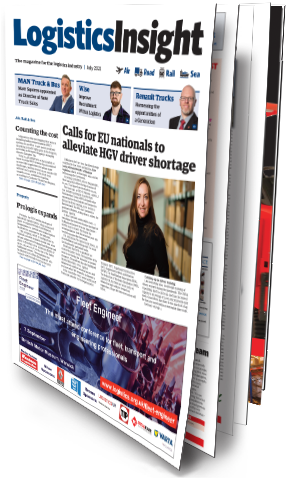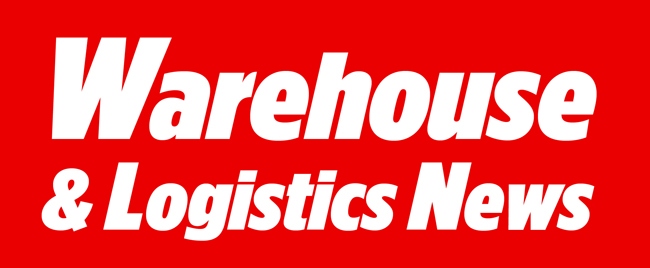 Welcome to the July issue of Logistics Insight magazine, a quarterly in-depth focus on the logistics industry. In this issue we look at commercial vehicles, the air, rail and sea sector and the industrial property market.
Welcome to the July issue of Logistics Insight magazine, a quarterly in-depth focus on the logistics industry. In this issue we look at commercial vehicles, the air, rail and sea sector and the industrial property market.
CLICK HERE TO LAUNCH THE DIGITAL EDITION OF LOGISTICS NEWS MAGAZINE
According to the RHA, prior to the pandemic, there was a HGV driver shortage in excess of 60,000. That figure has now reached 100,000. Like everything else, vocational training of drivers stopped during the pandemic. The DVSA is peddling hard to catch-up, and has increased capacity to an average of 3,000 practical tests each week. Great effort, but there is too much of a lag for this to be cured within a reasonable time scale, says Kate Lester, CEO and founder of Diamond Logistics in our cover story.
Over the last couple of years, the haulage industry has been exemplary in rising to the challenges posed by Brexit and Covid19. Besides these two issues are environmental concerns, with pressure for vehicles to become greener. For example, Vauxhall owner Stellantis has announced a £100m investment to build electric cars and vans at Ellesmere Port, Cheshire, making it the first large plant in the UK dedicated exclusively to electric vehicles, our commercial vehicles feature reports.
The global economy depends on the ability to deliver high-quality products at competitive prices to consumers worldwide. Around 70 per cent of global trade by value is carried by sea and is handled by ports worldwide, while air cargo accounts for the other 30%. Once goods are in the UK, the rail network transports cargo to every corner of the country, says our air, rail and sea feature.
A new report for UKWA from Savills, which compares the latest statistics to data from six years ago, reveals the urgent requirements for more warehousing and the need for fundamental change in land use planning. Key points include a rise of 32% overall in the number of warehousing units, a trend towards bigger warehouses, with an astonishing rise of 242% for units of 1m+ sq ft and, most telling of all, a radical change in the occupier profile of warehouses. While back in 2015, the last time Savills compiled a similar report, high street retailers were the dominant occupiers, now the leading occupier group is 3PLs, with increased occupation levels of 42% and online retailers, who have increased warehouse occupancy by a staggering 614%, our property feature reveals.
We salute the logistics industry for its steadfast dedication to maintaining the supply of goods to Brits throughout all the challenges of Brexit and Covid-19. Enjoy reading the magazine.
James Surridge
Publishing Editor




Comments are closed.